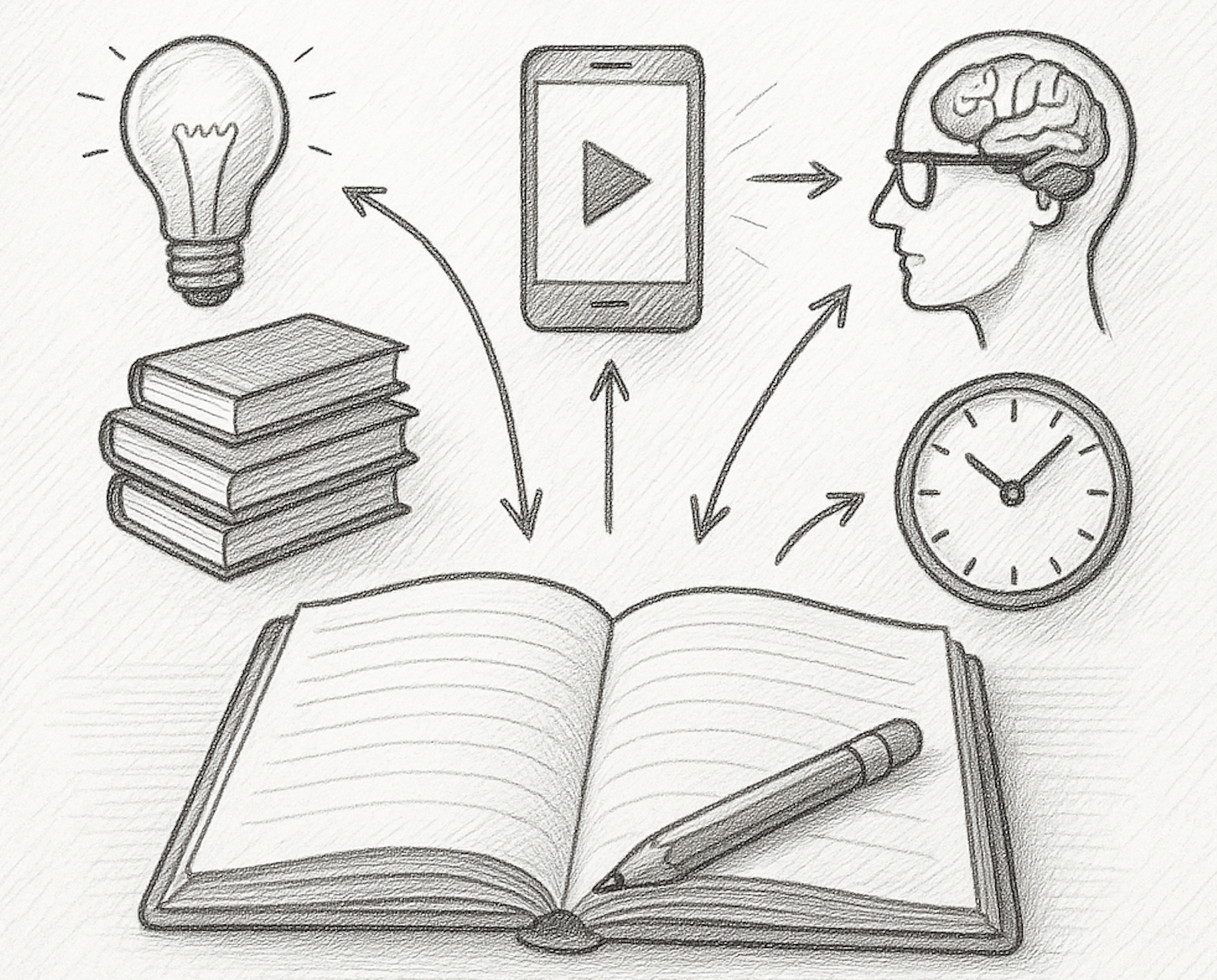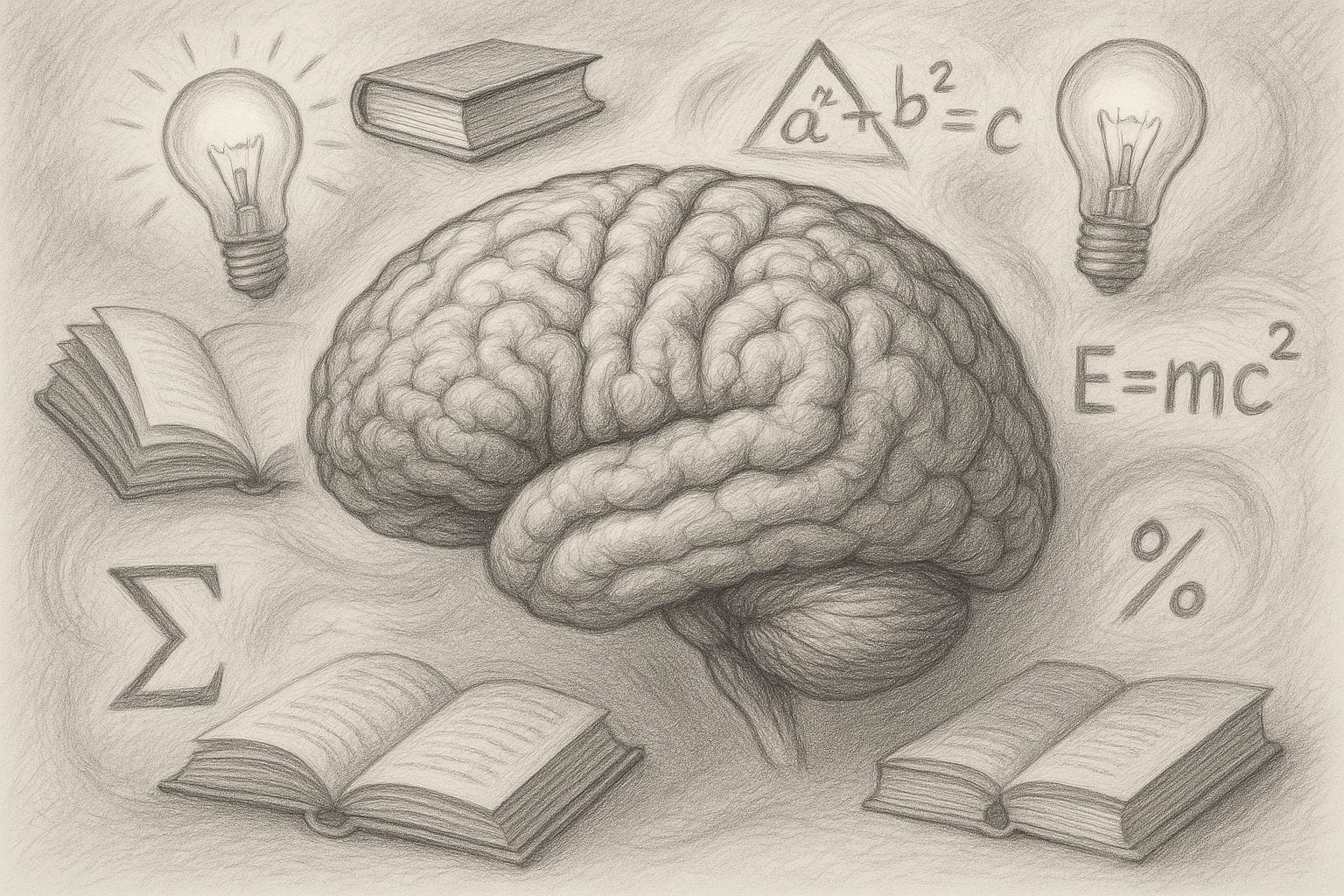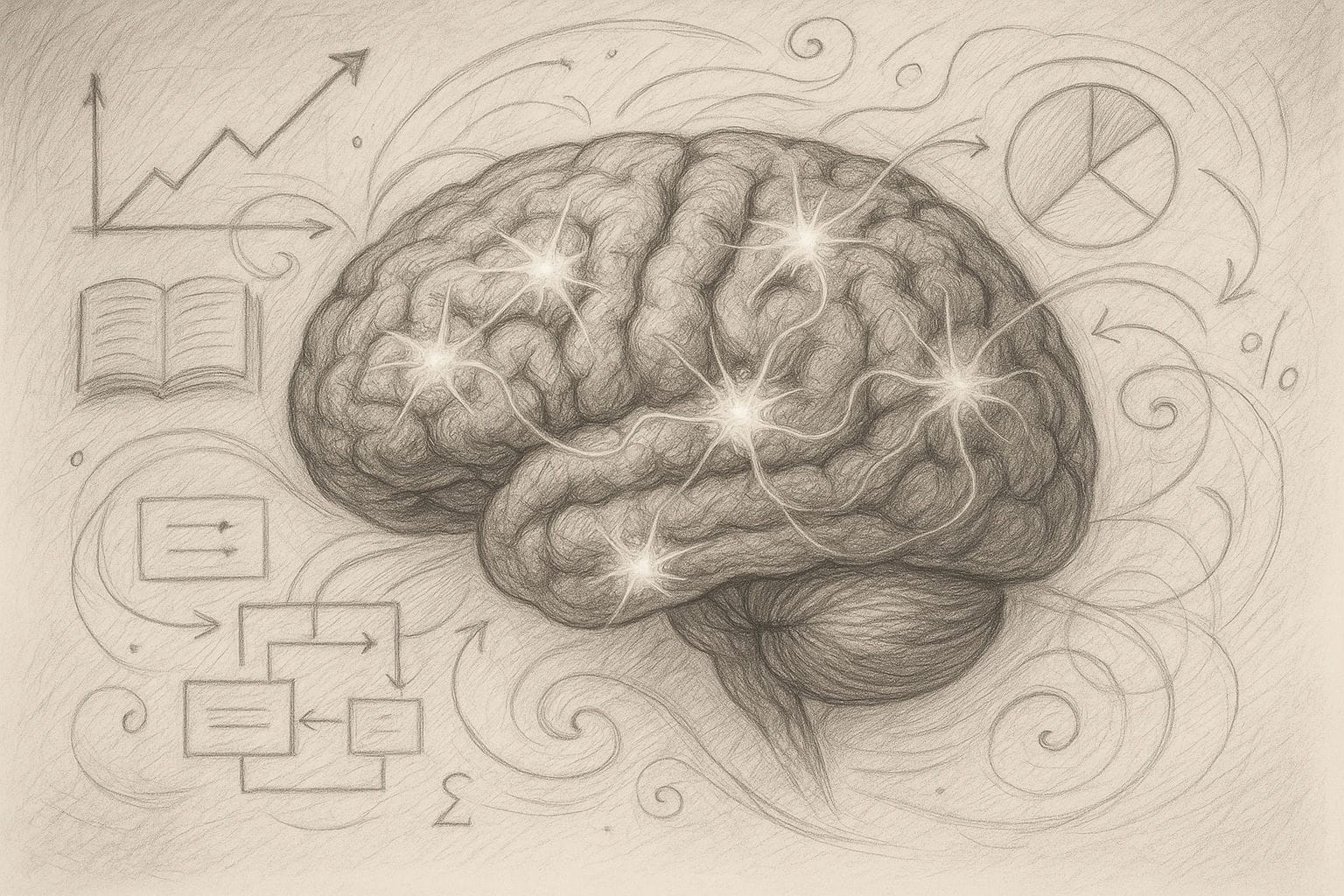The Art of Micro-learning: Small Steps, Big Knowledge Gains
Micro-learning has emerged as my go-to strategy for absorbing information without burning out my brain, and it has yielded some significant results. But how did I implement it, and how can it benefit you?

I've been diving into micro-learning lately, and honestly, it's been a game-changer for how I absorb information. You know that feeling when you're trying to learn something new and your brain just... shuts down after 20 minutes? Yeah, microlearning basically flips the bird to that whole problem.
Here's the deal: instead of force-feeding yourself hour-long lectures that make your eyes glaze over, you're taking in knowledge like you're snacking on chips – one satisfying bite at a time. I'm talking 5-10 minute chunks max. It's brilliant, really.
What This Whole Micro-learning Thing Actually Means
When I first heard about microlearning, I thought it was just another corporate buzzword. Turns out, it's way more practical than that. Picture this: you want to learn Python, but instead of signing up for a 12-week course that'll probably collect dust in your browser bookmarks, you watch a 7-minute video on loops today, practice for 5 minutes, then move on with your life. Tomorrow? Maybe you tackle functions. No pressure, no overwhelm.
The magic happens because of three simple rules I've noticed:
Keep it short – If I can't finish it during my coffee break, it's too long. My attention span isn't what it used to be (thanks, TikTok), and microlearning gets that.
One thing at a time – None of this "by the end of this session you'll understand 47 different concepts" nonsense. Just one skill, one idea, one technique. That's it.
Mix it up – Videos, quizzes, interactive demos, even memes if they work. I've learned more from a well-placed infographic than from some textbooks.

Why My Brain Actually Likes This Stuff
Here's where it gets interesting. I used to think I was just lazy when I couldn't focus on long training sessions. Turns out, our brains are literally wired to zone out after about 10-15 minutes. It's not just me being a slacker – it's science.
When I started using micro-learning:
- I actually remembered what I learned (shocking, I know)
- I didn't feel like I needed a nap after every study session
- I could squeeze learning into weird pockets of time – waiting for my coffee, sitting on the train, hiding from my boss in the bathroom (kidding... mostly)
The efficiency bump is real too. I've tracked my progress, and I'm covering more ground in less time compared to when I used to block out entire afternoons for "deep learning sessions" that usually ended with me on Reddit.
Real-World Examples That Don't Suck
I've seen micro-learning work in some pretty unexpected places:
At the hospital near me, nurses get 3-minute refreshers on hand hygiene procedures. Not exciting, but when you can watch it between patients instead of sitting through a 2-hour seminar? Gold.
My friend's tech company sends out weekly 5-question quizzes about their new features. The sales team actually likes them because they're quick, competitive (there's a leaderboard), and nobody has to pretend to pay attention in another boring meeting.
My nephew's school breaks down climate change into Instagram-style infographics. Each one covers a single concept. The kids actually get it because it's not buried in a 40-page chapter.
When I was learning new design software, instead of that intimidating 400-page manual, I found bite-sized tutorials. "How to crop an image" – 2 minutes. "How to add text" – 3 minutes. Before I knew it, I was actually making stuff instead of just reading about making stuff.

Making It Work for You (The Non-BS Version)
Here's what I've learned about creating micro-learning content that doesn't make people want to throw their devices out the window:
Structure matters, but don't overthink it. I start with "here's what you'll learn" (10 seconds), deliver the goods (4-8 minutes), then wrap with "here's what you just learned" (30 seconds). Simple.
Visuals are your friend. I'm not talking about cheesy stock photos of people pointing at whiteboards. Use diagrams, screenshots, hell, even stick figures if they get the point across. My most successful module used GIFs from The Office to explain conflict resolution. People loved it.
Ruthlessly cut the fluff. If I catch myself writing "as we discussed earlier" or "it's important to note that," I delete that sentence. Get to the point. Your learners will thank you.
Make it interactive, not annoying. A simple "click to reveal" or "drag and drop" beats passive watching every time. But don't go crazy – I once took a module with 17 interactions in 5 minutes. I wanted to punch my screen.
The Stuff Nobody Talks About (But Should)
Let's be real – micro-learning isn't perfect. I've hit some walls:
The tech divide is real. Not everyone has a smartphone or reliable internet. I've seen great programs fail because they forgot about the guy who still uses a flip phone.
Some topics need depth. Try explaining quantum physics in 5-minute chunks. Or grief counseling. Or advanced calculus. Sometimes you need to go deep, and micro-learning can feel like you're just skimming the surface.
It can enable our worst habits. I've caught myself thinking "I'll just do one module" and then calling it a day, when really I needed to dig deeper. It's like eating one carrot stick and saying you had vegetables for the day.

Where This Is All Heading
I'm seeing micro-learning evolve in ways that actually excite me:
Your phone becomes your tutor. I've got apps that ping me with 2-minute lessons based on what I'm trying to learn. It's like having a really nerdy friend who texts you random facts, except these are actually useful.
Just-in-time learning is becoming huge. About to give a presentation? Here's a 3-minute refresher on public speaking. New software update at work? Here's what changed, in bite-sized pieces. It's learning that shows up exactly when you need it.
AI is making it personal. The platforms I use now remember what I struggle with and serve up extra practice. They know I suck at Excel formulas, so guess what keeps popping up in my feed?
The Bottom Line (Because We All Skip to This Part)
I'm not saying micro-learning is going to replace all other forms of education. But in a world where we're all juggling seventeen things at once and our attention spans are shot, it's a lifeline.
I've learned more practical skills in the last year through 5-minute daily sessions than I did in some entire college courses. The difference? I actually retained it. I used it. It stuck.
The beauty is, you don't need to overhaul your entire learning approach. Start small (how fitting, right?). Pick one thing you want to learn. Find or create 5-minute chunks. Do one a day. See what happens.
For me, it's been like switching from trying to chug a gallon of water at once to taking regular sips throughout the day. Same amount of water, way less choking.
So yeah, microlearning. It's not just another trend – it's how I wish I'd been learning all along. Small steps, big gains, and way fewer "why did I just waste three hours of my life" moments.
